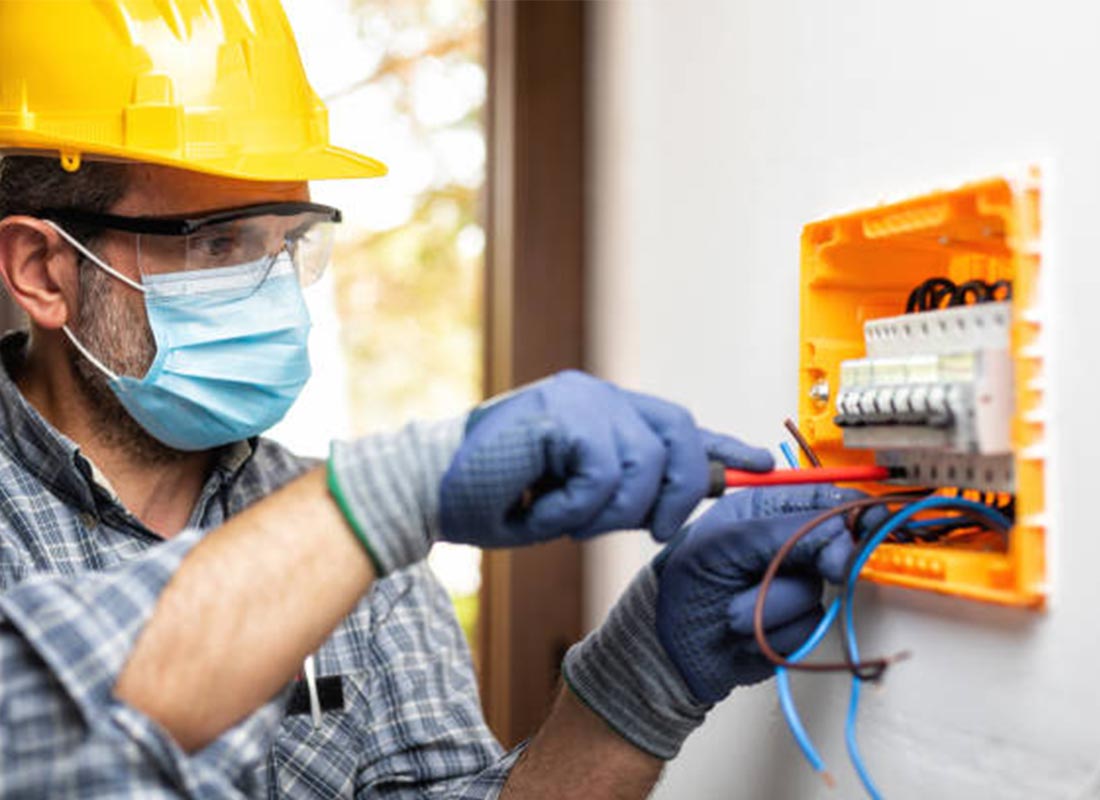Introduction
In today’s fast-paced work environments, the importance of Workplace safety communication cannot be overstated. Organizations are increasingly recognizing that keeping employees safe goes beyond providing safety gear or implementing emergency protocols—it requires clear, consistent, and proactive communication. Effective workplace safety communication plays a vital role in increasing employee awareness, minimizing accidents, and creating a culture where safety is a shared responsibility.
This article explores how workplace safety communication improves employee awareness, enhances compliance, and contributes to an overall safer work environment.
The Role of Workplace Safety Communication in Employee Awareness
Enhancing Understanding of Safety Policies
Clear workplace safety communication ensures that employees fully understand company safety policies and procedures. When expectations are communicated regularly and in easily digestible formats, employees are more likely to remember and follow them. Whether through meetings, manuals, posters, or digital platforms, communicating safety policies in various ways increases retention and engagement.
Encouraging a Proactive Safety Culture
Organizations that prioritize workplace safety communication foster a culture where safety is everyone’s responsibility. Employees become more proactive in identifying hazards, reporting unsafe conditions, and following safety protocols. This shift from reactive to proactive behavior can significantly reduce workplace incidents and improve overall awareness.
Key Components of Effective Workplace Safety Communication
Clarity and Consistency
For workplace safety communication to be effective, it must be clear, concise, and consistent. Vague instructions or inconsistent messages can lead to confusion and increase the risk of non-compliance. Safety messages should be standardized across all departments to avoid mixed messages.
Two-Way Communication
A critical aspect of workplace safety communication is ensuring it is not one-sided. Employers should encourage feedback from employees and provide platforms for open dialogue. When workers feel heard, they are more likely to voice safety concerns and contribute to continuous improvement efforts.
Regular Training and Refreshers
Safety training is not a one-time event. Ongoing communication through regular training sessions and refresher courses reinforces safety protocols and keeps awareness levels high. Using real-world examples during these sessions can make workplace safety communication more relatable and impactful.
Communication Channels That Improve Safety Awareness
Visual Aids and Signage
Strategic use of visual aids such as signs, posters, and floor markings can reinforce important safety messages. These tools are especially effective in high-risk areas, serving as constant reminders of proper safety practices. Visual workplace safety communication helps reduce the risk of accidents by guiding behavior in real-time.
Digital Communication Tools
Modern workplaces increasingly rely on digital platforms for effective workplace safety communication. Emails, apps, SMS alerts, and internal portals allow organizations to quickly disseminate critical safety information. These tools also provide an easy way to share updates and gather feedback from employees.
Safety Meetings and Toolbox Talks
Routine safety meetings and toolbox talks provide opportunities for face-to-face workplace safety communication. These sessions encourage employees to discuss safety topics openly and share experiences. They also allow supervisors to address concerns and clarify procedures, thereby enhancing overall awareness.
How Safety Communication Reduces Workplace Incidents
Promotes Rule Adherence
When workplace safety communication is consistent and repetitive, it reinforces the importance of following safety rules. Employees who understand the reasoning behind safety policies are more likely to comply with them. As a result, accident rates decline, and overall workplace safety improves.
Builds Accountability
Clear workplace safety communication establishes expectations and responsibilities. Employees understand their roles in maintaining safety, and managers know how to hold teams accountable. Accountability drives compliance and encourages individuals to speak up about unsafe practices or behaviors.
Facilitates Timely Hazard Reporting
One of the most direct ways workplace safety communication improves safety is by encouraging timely reporting of hazards. When employees feel empowered to report issues without fear of retaliation, potential risks are identified and mitigated faster, preventing serious incidents.
Overcoming Common Barriers to Effective Safety Communication
Language and Literacy Differences
Workforces often include individuals with varying levels of literacy or different native languages. Effective workplace safety communication must be inclusive. Using visual aids, translations, and simple language helps ensure that safety messages are understood by everyone.
Information Overload
Bombarding employees with too much information can lead to disengagement. To maintain effectiveness, workplace safety communication should be prioritized and focused. Highlighting the most critical information in short, frequent messages can help keep safety top of mind.
Lack of Engagement
If employees perceive workplace safety communication as boring or irrelevant, they’re less likely to pay attention. Making safety communication engaging—by using storytelling, interactive training, or gamification—can significantly boost awareness and participation.
Best Practices for Strengthening Workplace Safety Communication
Involve Employees in Safety Planning
Involving workers in creating and reviewing safety protocols can enhance buy-in and improve relevance. This participatory approach to workplace safety communication helps align messaging with real job-site challenges.
Measure and Adjust Communication Strategies
Using safety audits, surveys, and performance metrics can help assess the effectiveness of workplace safety communication. Based on the findings, organizations should refine their communication methods to better meet employee needs.
Recognize and Reward Safe Behavior
Positive reinforcement is a powerful motivator. Recognizing employees who demonstrate strong safety practices helps reinforce the desired behavior. Incorporating this into your workplace safety communication strategy can significantly improve engagement and awareness.
The Long-Term Impact of Effective Safety Communication
Higher Employee Morale
Employees who feel safe at work are more confident and satisfied. A strong workplace safety communication program shows that the organization values their well-being, leading to higher morale and reduced turnover.
Stronger Compliance and Legal Protection
Effective workplace safety communication ensures compliance with occupational safety regulations. It also provides documented evidence that the company has taken necessary steps to inform employees about risks and safety procedures, offering legal protection in the event of an incident.
Improved Productivity
Safe employees are productive employees. When safety is communicated effectively, fewer accidents occur, leading to less downtime and disruption. Workplace safety communication contributes directly to smoother operations and better business outcomes.
Conclusion
In any organization, the foundation of a safe work environment is strong and consistent workplace safety communication. By making safety messages clear, engaging, and accessible, employers can drastically improve employee awareness and reduce workplace incidents. From using visual cues to leveraging digital tools, there are countless ways to ensure that safety remains a top priority.
Remember, workplace safety communication is not a one-time task—it’s an ongoing commitment. Companies that invest in effective safety communication see long-term benefits in employee well-being, operational efficiency, and overall workplace culture. Prioritizing workplace safety communication today builds a safer, smarter, and more successful workplace for tomorrow.


